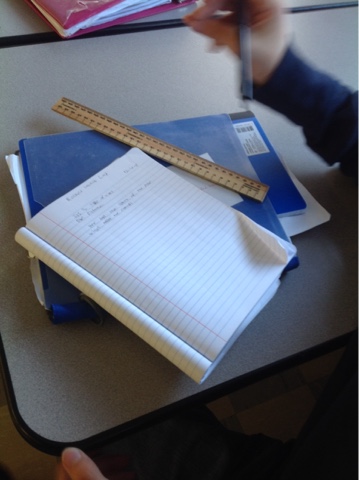There are a few components of our new teacher observation tool where it's difficult to reach proficiency in the student engagement section: Presentations, Question and Answer, and Direct Instruction to name a few.
Student Presentations are greatly engaging for the student who has designed the presentation, but for those students on the receiving end, it's a challenge to ensure that their learning is progressing through active engagement. Since we can't expect middle school students to deliver a highly engaging teachable moment, that's up to us to design a system where they are responsible for the information provided from their peer.
For
Question/Answer, to make it engaging there has to be more than compliance. Whole class Q and A is most frequently in the emerging category. If you add required whole class involvement in Q and A (such as fist to five or other similar formative feedback), it'll move to developing, but to be proficient, students have to be held accountable at a higher level. Most likely, this includes partner sharing or justification of their response.
Today, I saw my first example of student engagement proficiency using the
Direct Instruction strategy. Typically, direct instruction is emerging or if there is compliance in note-taking, you may see developing in this area. But, to progress learning, we need more than just compliance and everyone on task - we need learning demonstrated. Today, I saw it!
 |
| As the teacher provided the direct instruction about a new concept, students listening and reformulated the information into their own project. This wasn't note-taking -- it was "note-applying." |
 |
| The design process was presented as students outlined their own project, applying the components of their new learning. |
 |
| The complexity of this task was increased as students cross-referenced their project directions with the design process. |



















































